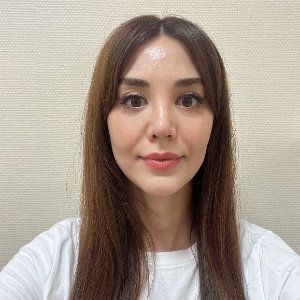Title : Sporadic creutzfeldt- Jacob disease: Case report
Abstract:
Sporadic Creutzfeldt-Jakob Disease (CJD) is one of the diseases that should be considered in dementia-related processes seen between the ages of 50-70. It can be distinguished from other diseases with dementia with its clinical features, typical electroencephalography (EEG) findings, laboratory and radiological imaging features. In this study, we aimed to present our case of sporadic CJH with clinical, EEG, laboratory and radiological features.
A 65-year-old male patient had complaints of weight loss, loss of way home, not taking a bath, not shaving, irritability, instability, diplopia, and weakness that started 3 months before he applied to our clinic. He was admitted to the clinic with complaints of inability to walk, speak, and myoclonic jerks in the last 1 month. ?n his neurological examination, eye contact could not be established and the patient could not cooperate. There was agitation. The patient did not obey single commands and did not speak spontaneously. Myoclonus with tactile stimuli developed. Standard mini mental test (SMMT) could not be performed due to limited cooperation. Thyroid function tests applied as a dementia battery and vitamin B12 blood level were found to be normal, VDRL and Anti-HIV negative. Hepatic and renal function tests and ammonia blood levels were within normal limits. Brain CT imaging was unremarkable. Repeated EEGs showed distinct, periodic sharp slow-wave complexes in the anterior regions of both hemispheres. Except for high CSF protein, protein 14.3.3 was positive and neurospecific enolase (NSE) was high. MRI of the brain showed cortical atrophy and T2 hyperintensity in bilateral basal ganglia. The patient, who was discharged with antiepileptic and supportive treatment, died 1 year after the diagnosis.




